Covid is both in retreat and resurgence depending on where you are. Many countries haven’t seen the last of lockdowns but ‘living with the virus’ is a preferred policy choice – both for economic and social reasons. Surging unemployment is inevitable in the autumn as is major long term contraction in certain sectors – namely travel and tourism.
- The pandemic is ebbing in some of those countries the hardest hit (like the US and Brazil), but this coincides with an expansion or resurgence of COVID-19 in several regions around the world, particularly in India and Europe where weekly cases now exceed those reported when the pandemic first peaked in March.
- This means that new restrictions are being put into place that over the coming weeks and months will affect public life and in consequence the economy. They range from a second national lockdown in Israel to local lockdowns in the northeast of England and new limits on public gathering in some French cities. Most European governments are trying to avoid harsh lockdown measures and instead are trying to convey to their populations how best “to live with the virus” by wearing masks, physical and social distancing measures, and contact tracing. It remains to be seen whether this will work.
- With the exception of most of Asia where the pandemic is under control, many countries around the world are bracing themselves for more COVID-19 cases in the autumn. The growing realisation that there is no immediate end in sight to the pandemic is triggering intense anxiety, reflected in the way people consume and behave. For most, caution and restraint have become the prevailing response.
- As always, deep existential crisis spur innovation: this time, on a global scale. Nowhere is this more evident than in the domain of potential COVID-19 treatments and vaccines. Research is progressing at an amazing pace. As just one example, a new treatment with monoclonal antibodies produced by Eli Lilly seems to significantly lower levels of coronavirus among people infected with mild or moderate COVID-19.
- BUT… a return to a semblance of normalcy (whatever this means) cannot be expected before some time. According to most epidemiologists, COVID-19 will hang over our lives well into next year because no vaccine or treatment will act as an instant game-changer. Therefore, mask-wearing, physical distancing, and other precautionary measures will persist. So will anxiety about returning to the office and to school, let alone voluntary outings to the shops, the theatre, the cinema, and so on.
- COVID-19 has made the financial situation of many people in the rich world difficult, but it has not yet been an outright financial disaster for most. This will change in the coming few months. As the furlough and other job supporting schemes come to a progressive end in the autumn, unemployment levels are going to shoot up. In the UK, for example, the furlough scheme that is currently supporting almost 10 million workers will expire at the end of October. Across Europe and the US, rising unemployment will become a political and social time bomb.
- It’s becoming apparent that COVID-19 will have a long-term, defining impact on (1) business travel and (2) the workplace. (1) Much fewer flights forever is a given. A personal survey conducted among a limited sample of global companies suggests that they will cut business travel by half permanently. The reasons are threefold: (a) videoconferences spurred by the pandemic work; (b) Net 0 targets make it imperative to reduce air travel (it represents a staggering 85% of PwC’s carbon footprint!); (c) it is a simple way to cut costs. (2) For white-collar workers, WFH (working from home) – at least in part and flexibly – will become a permanent feature of their lives. Episodic attendance of 1 or 2 days a week means that many businesses will become “distributed” instead of being centralised.


